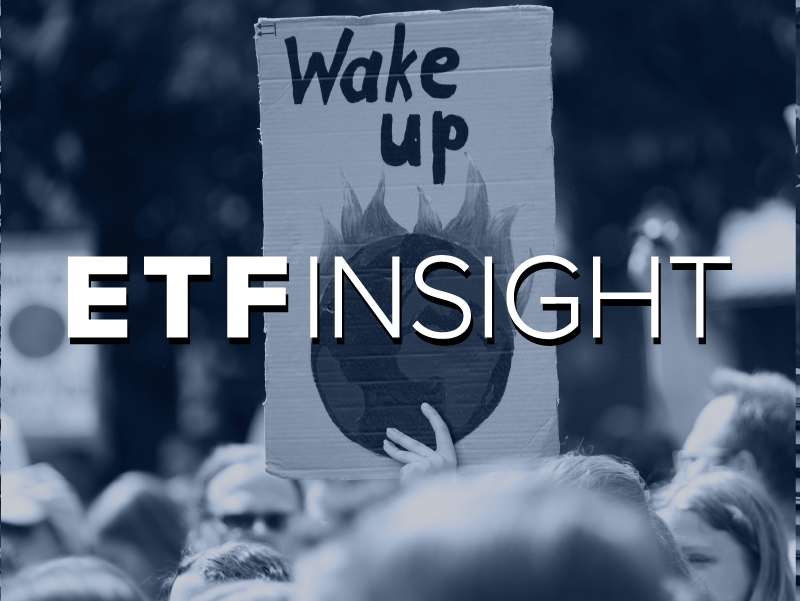Over the past few years, a consensus has emerged within the asset management industry that when investing in environmental, social and governance (ESG) solutions, investors can “do good” while not giving up any of the returns.
Some have even argued that when investing in ESG strategies, by avoiding the sin stocks that can be impacted by issues such as increased regulation, one can improve risk-adjusted returns.
For example, the world’s largest asset manager BlackRock said in a report last year “it is feasible to create sustainable portfolios that do not compromise return goals and may even enhance risk-adjusted returns in the long run”.
Reports of this kind have become a staple part of the investment narrative when issuers are selling ESG products, however, the case on ESG investing is far from closed.
Firstly, it is crucial to point out the fact a consensus is yet to develop among the academic literature.
In a review of the literature in 2015, Dutch academics van Duuren, Plantinga and Scholtens, found “the prevailing notion is that socially responsible investing does not yield significant positive risk-adjusted returns”.
“There is even evidence that investing in ‘irresponsible’ stocks (like tobacco, alcohol, and gambling) might result in extra-financial returns.”
One study in 2008 by Fabozzi, Ma and Oliphant even found a sin portfolio outperformed common benchmarks by 19% per annum.
“Trustees or fiduciaries who develop institutional investment policy statements should fully understand the economic consequences of screening out stocks of companies that produce a product inconsistent with their value systems.”
Now, although there is plenty of academic evidence pointing to ESG factors improving risk-adjusted returns, overall the evidence is not conclusive which leads to the question why the industry is treating it as a done deal.
ETF Insight: Are ETF and index providers taking ESG seriously?
To highlight this, Nicolas Rabener, managing director of FactorResearch, analysed the performance of ESG investing in the US stock market by creating a long-short portfolio of the top and bottom 10% of US stocks by ESG scores.
Although the ESG portfolio produced excess returns, a deeper dive found the abnormal returns were mainly driven by sector biases.
On the surface, when one considers this, it makes perfect sense. Value stocks, which have been out of favour for the past decade, tend to come from more “sinful” sectors such as oil and gas and financials.
Meanwhile, the sector with the best performance since the Global Financial Crisis (GFC) is tech, which also happens to have the most “good” corporates.
ESG, as a factor, has benefitted from the tech sector outperforming over the past decade. It is also worth noting, 10 years is a perfect amount of time to backtest a new product coming to market.
Rabener concluded: “Investors allocating to ESG strategies might be uncomfortable with this conclusion as there is the risk of sector rotation, which occurs frequently.
“Investors should therefore not view ESG as a potential source of additional returns, but more as an approach to investing based on personal preferences.
“There might be a cost to investing in good corporates, but not every investor is interested in solely maximising their return.”
London Business School’s Edmans: Exclusion does not work with ESG
This is also the view of Cliff Asness, co-founder AQR Capital Management, who bemoans the narrative investors can make more money over time by avoiding “sin stocks”.
Furthermore, he took the discussion one further by arguing that giving up returns is exactly the point as that is “the only way you can effect the change you seek”.
“Accepting a lower expected return is not just an unfortunate ancillary consequence to ESG investing, it is precisely the point.”
However, not all investors are sold on the issue of ESG. Matt Brennan, head of passive portfolios at AJ Bell, has argued ESG is a data miners' dream.
"Does integrating ESG characteristics into your index or fund selection process enhance returns? This is currently an impossible question to answer," Brennan continued. "With no consistency across the classifications, it is a data miners’ dream.
"It is easy to find an ESG index that points to consistent outperformance against its parent index. It is also as easy to find an ESG index that has perennially underperformed."
ETF Insight is a new series brought to you by ETF Stream. Each week, we shine a light on the key issues from across the European ETF industry, analysing and interpreting the latest trends in the space. For last week’s insight, click here.


